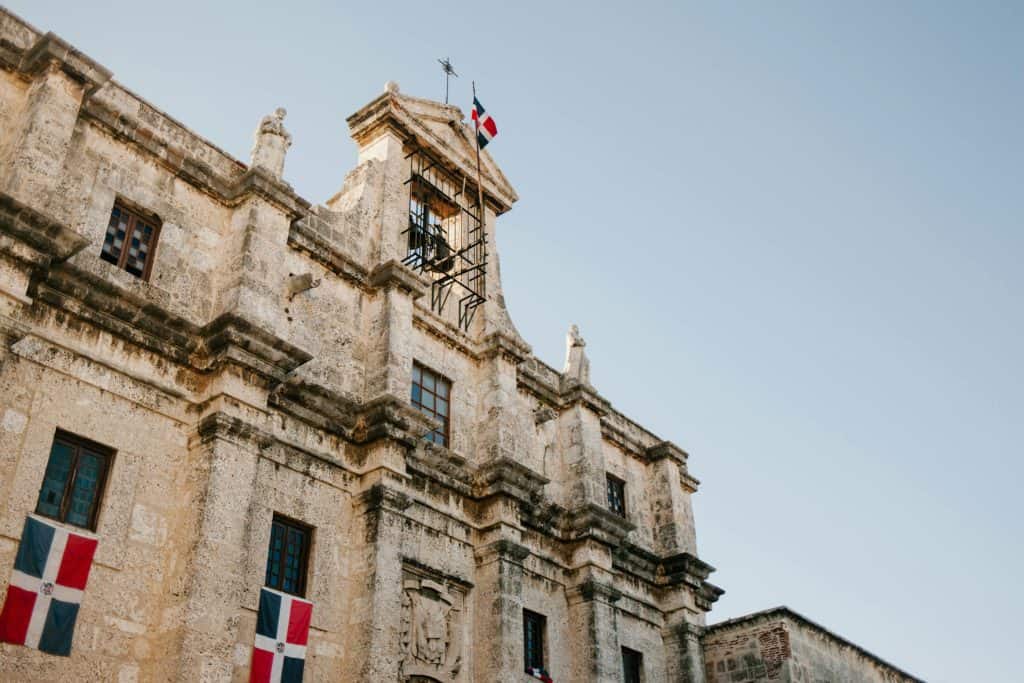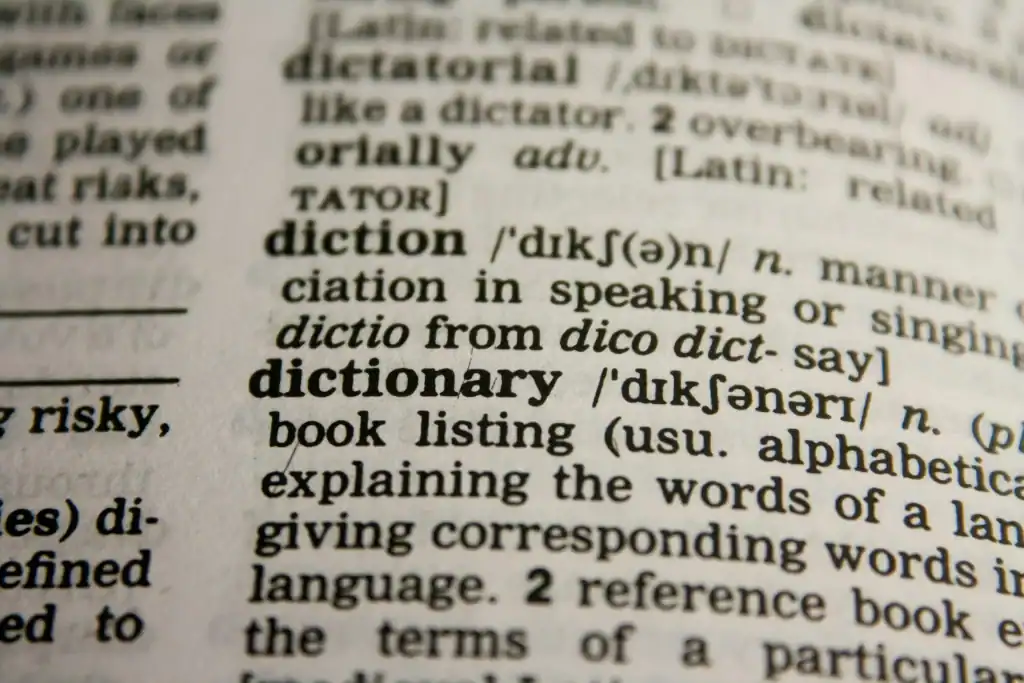From City Heat to Mountain Breeze: My First Ride in Jarabacoa
I still remember the exact moment the rental guy in Jarabacoa tossed me a beat-up helmet and said, “Ponte esto, que el lodo hoy está sabroso.”
“Put this on, the mud is delicious today.” The adjective sabroso for mud made me grin; ten years in the Dominican Republic have taught me that anything can be sabroso if you say it with enough Caribbean joy. Back then, I was an overconfident expat who thought my basic survival Spanish was solid—until the trail signs started using words my textbook never covered. Today I want to hand you the Spanish Vocabulary I wish I had, seasoned with the cultural spice that makes riding in both the DR and Colombia unforgettable.
The Terrain Talks: Understanding Trail Difficulty the Latin Way
When “Fácil” Isn’t That Easy
Trail grading in the Dominican Alps—yes, locals proudly call them Alpes Dominicanos—follows a color code borrowed from international mountain-bike culture, yet the descriptions on wooden posts often switch to local idioms. You’ll spot the word fácil (easy), but you might also read “suavecito”, literally “super soft,” used in the DR to soothe beginners. In Colombia, guides lean toward “sencillo”. If a Jarabacoa guide assures you, “La bajada está suavecito, manito,” he’s saying, “The descent is chill, bro,” although your calves may disagree. Notice how the diminutive -cito injects warmth.
When the sign says “Intermedio” it means what you expect, yet Dominicans spice it with “medio rabioso”—“kind of fierce.” Colombians might label the same trail “nivel medio-alto”. The black-diamond equivalent often appears as “avanzado” in print, but riders casually warn, “Ese tramo es **un matadero**”—“That stretch is a slaughterhouse.” Dominican humor masks danger with laughter; Colombians, meanwhile, tell you, “Te va a sacar la piedra”—“It’ll make you angry,” stone-throwing angry. Learning these nuances swells your Spanish Vocabulary and keeps your bones intact.
The Elevation Equation
A Dominican farmer watching you grind uphill may shout, “¡Dale, que falta poco!”—“Come on, almost there!” I once heard a Colombian kid on Antioquia’s trails claim, “Eso es puro falso plano.” Literally “fake flat,” it means a deceptive incline that looks easy but kills quads. Collecting these phrases is gold for anyone aiming to learn Spanish as an expat rider, because terrain vocabulary unlocks locals’ real-time coaching. Remember, scenery changes, accents dance, but sweat translates perfectly.
Gearing Up Without Gearing Down Your Confidence
Renting a bike in Santiago de los Caballeros or Medellín feels familiar—until the clerk drops mechanical jargon at Caribbean speed. Strengthen your Spanish Vocabulary before the chain slips.
“El Cambio”—More Than Just Your Gears
Dominicans refer to the gear shifter as “el cambio”. Colombians stretch it to “el sistema de cambios”. If you need an adjustment, you might say, “¿Me puedes calibrar el cambio? Está saltando.”—“Can you tune the shifter? It’s skipping.” The mechanic could reply, “Claro, pero ese piñón está comido.” “Sure, but that cog is worn out.” In the DR, you’ll hear “güira’o” (from “desgastado”) instead of comido. The metaphor of something being “eaten” by wear is shared across Latin America, further enriching your semantic map.
Another staple word is “rodamiento” (bearing). During a rainy weekend in Constanza, the shop owner told me, “Después de tanto charco, esos rodamientos suenan como maracas.”—“After so many puddles, those bearings sound like maracas.” Compare that with Medellín where the mechanic noted, “Toca cambiar los balineras.” Same meaning, different lexeme. Cross-country travel exposes you to Spanish Vocabulary variants that let you sound native no matter where you land.
Cultural Pit Stops: Dominican vs. Colombian Trail Etiquette
Culture rides shotgun on every switchback. In the DR, sharing a trail snack is non-negotiable. Someone offers you guanábana juice, you drink. Refusing seems rude, because hospitality is a form of national pride. On a Colombian ascent, by contrast, the focus is efficiency. Cyclists greet with a quick “¡Buenas!” and vanish. Offer a snack and you might hear, “Luego, parce, voy en tiempo.”—“Later, buddy, I’m on the clock.” Knowing these rhythms lets you mirror courtesy, avoid awkwardness, and expand your Spanish Vocabulary beyond grammar drills.
Whistle signals differ too. In the DR, riders give a sharp “Fiu-fiú” approaching blind corners; Colombians clap once. Imagine confusing the codes during peak traffic—you might collide with a guy named Juancho who will still hug you after. The cultural codes shape the language, so tuning in keeps skin and dignity intact.
Spanish Vocabulary Table
| Spanish | English | Usage Tip |
|---|---|---|
| El lodo | Mud | In the DR, call it “fango” for local flavor. |
| La subida | Uphill climb | Colombians add “berraca” for a brutal ascent. |
| El casco | Helmet | Dominicans sometimes say “caco”; humor, not safety, varies. |
| La cadena | Chain | If it slips, say “se me zafó la cadena.” |
| El manubrio | Handlebar | Shorten to “manubrio” in DR, “manillar” in Colombia. |
| Pinchazo | Puncture | Dominicans yell “¡Se me fue el aire!”; same drama, new phrase. |
| Suspensión | Suspension fork | Colombians praise “la suaveza”—slang for smoothness. |
| Charco | Puddle | Use during rainy season; kids love stomping them. |
| Rodamiento | Bearing | Swap to balinera in Colombia. |
| Bajada | Descent | Dominicans soften danger with “suavecito.” |
Example Conversation at the Rental Counter
DR clerk: ¿Qué lo qué, mi hermano? ¿Busca bici pa’ hoy?
DR clerk: What’s up, my brother? Looking for a bike today?
Expat rider (you): Claro, una de montaña con buena suspensión, por favor.
Expat rider: Sure, a mountain bike with good suspension, please.
DR clerk: Te tengo una 29er, full freno hidráulico y cubiertas anchas.
DR clerk: I’ve got a 29er, full hydraulic brakes and wide tires.
You: Perfecto. ¿Cómo está el lodo en la ruta intermedia?
You: Perfect. How’s the mud on the intermediate route?
DR clerk: Está **picante**, pero nada que un casco no resuelva. (DR slang)
DR clerk: It’s spicy, but nothing a helmet won’t fix.
You: ¿Me incluye la bomba y parches por si acaso?
You: Does the pump and patches come included just in case?
DR clerk: Claro. Sube, pedalea y si pinchas, dame un toque por WhatsApp.
DR clerk: Sure. Ride on, and if you get a flat, ping me on WhatsApp.
Three weeks later in Colombia…
Colombian clerk: Buenas, ¿en qué le ayudo?
Colombian clerk: Hello, how can I help you?
You: Necesito alquilar una bici de enduro para el sendero avanzado.
You: I need to rent an enduro bike for the advanced trail.
Colombian clerk: Le recomiendo la que tiene 160 de recorrido. ¿Le sirve?
Colombian clerk: I recommend the one with 160 mm of travel. Does that work for you?
You: Perfecto. ¿Y la presión de las llantas?
You: Perfect. And the tire pressure?
Colombian clerk: La dejamos a 28 psi; esa tierra está suelta.
Colombian clerk: We’ll set it to 28 psi; the soil is loose.
You: Listo. Si se me zafa la cadena, ¿a quién llamo?
You: Great. If my chain comes off, who do I call?
Colombian clerk: Marque este número y le caemos en moto.
Colombian clerk: Dial this number and we’ll come by on a motorbike.
Sharpening Your Ear Between Two Accents
Darting between the Dominican drawl and Colombia’s crisp consonants is the linguistic equivalent of cross-training; your brain muscles tone up in record time. When you learn Spanish as an expat, hearing the word “bomba” in the DR might mean a tire pump, but in Medellín it could refer to an arepa filled with cheese. Switching locales forces attentive listening, making you catalog Spanish Vocabulary not as isolated words but as living organisms shaped by altitude, humor, and even coffee strength.
My trick is to carry a tiny notebook—paper survives tropical downpours better than phones. After each ride, I jot phrases like “Me explotó la goma”—Dominican for “I blew the tire”—and the Colombian cousin, “Se me pinchó la llanta.” Context rewires memory faster than rote flashcards. Immersion on two wheels accelerates proficiency because adrenaline prints the moment into your cortex. No quiz app replicates the panic of skidding toward a ravine while a guide shouts unfamiliar slang.
So, celebrate the mental switchbacks. Climb in Spanish, descend in English thought, then climb again. Your linguistic suspension will get smoother, your gears will shift intuitively, and your Spanish Vocabulary will expand without feeling like homework.
Final Reflection: Two Countries, One Accelerated Learning Curve
If you ride long enough, you’ll realize mountain biking simulates language learning: moments of grind, bursts of flow, and the satisfaction of scanning terrain you once feared. Bouncing between Dominican warmth and Colombian precision polishes your ear, teaches patience for dialects, and gifts you idioms that textbooks ignore. Next time you rent a bike, dare to request tweaks in Spanish, joke with the mechanic, and greet every fellow rider in their own cadence.
I’d love to hear how your own cross-country adventures have tuned your ears or added gems to your Spanish Vocabulary cache. Drop a comment below—tell me the phrase that saved your ride or the slang that made you laugh so hard you nearly wiped out.
Hasta la próxima rodada,
James


